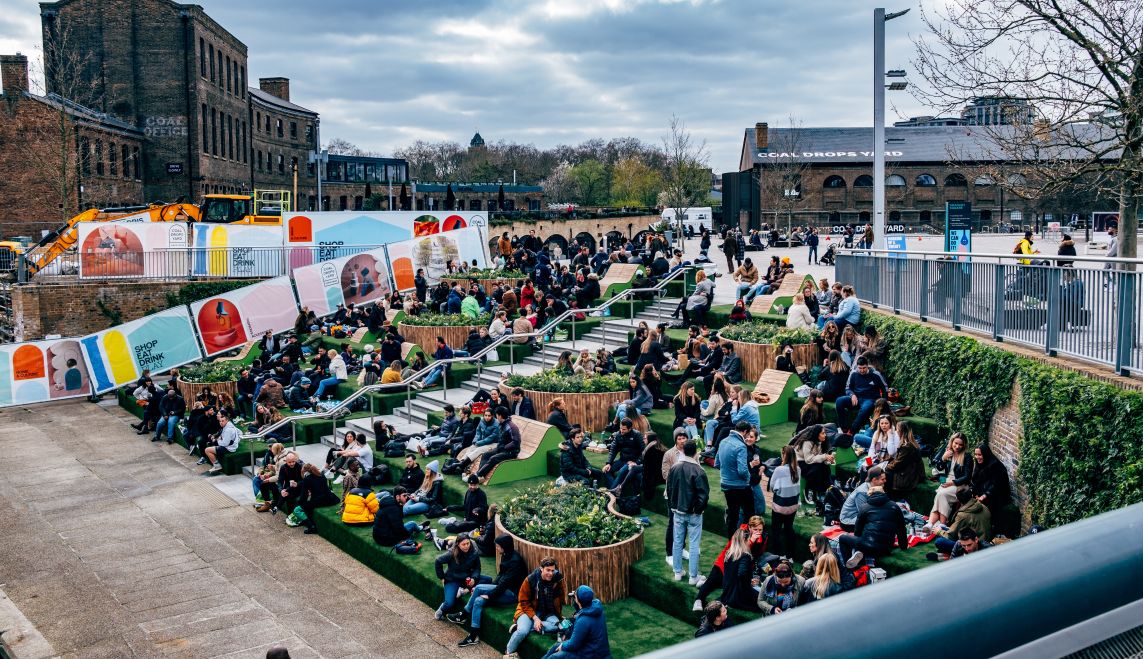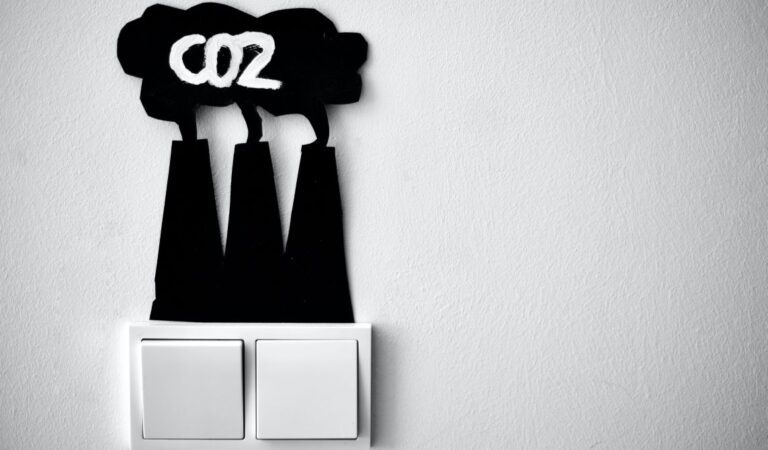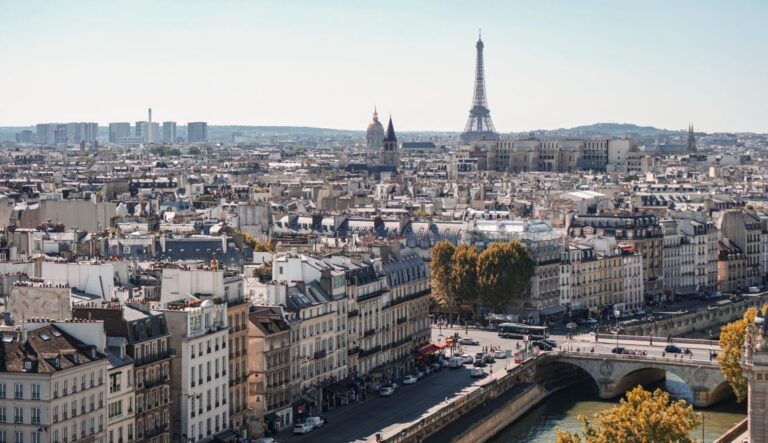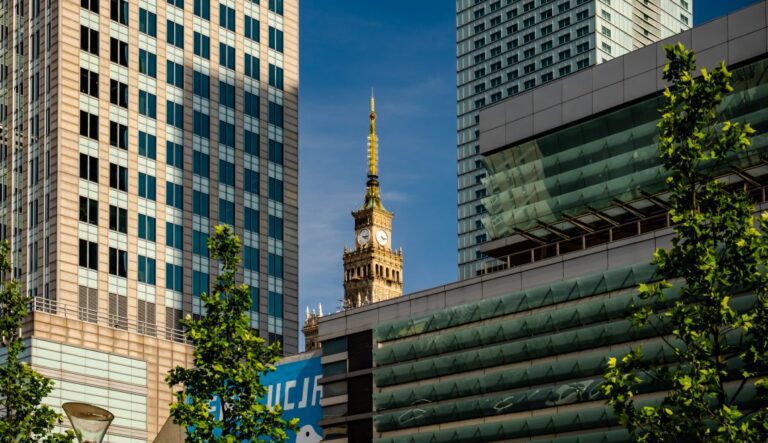
The revitalisation of large, neglected, post-industrial sites, often located in attractive parts of the city, sometimes including historic factory buildings, is becoming an increasingly important way of improving a neighbourhood’s attractiveness. As a result of such investments, unique places with original architectural concepts are appearing on the city map, providing residents with a rich, well-balanced variety of differing functions.
These are flexible and city-defining projects that best respond to the changing expectations of today’s city dwellers. The aim is not to juxtapose buildings with different functions, but to create leisure spaces that „live” – i.e. service and cultural centres, incorporating the unique character of the place and its surroundings.
Post-industrial areas are often located in excellent locations – the land is developed, and the conditions for further development allow for the creation of unique investments characterised by a distinctive atmosphere of place and interesting architecture. Such projects have been realized in Poland for a few years now, and examples include: Centrum Praskie Koneser, Browary Warszawskie, Fabryka Norblina, EC Powiśle in Warsaw, Browar Lubicz in Kraków, Manufaktura in Łódź, Stary Browar in Poznań, Bulwary Książęce in Wrocław. Furthermore, a number of other spectacular projects are in the pipeline, including Bohema, Port Praski and Soho (Warsaw), Fuzja, OFF Piotrkowska and Monopolis (Łódź), and Garnizon and DOKI (Gdańsk). It is important to note that in Poland the number and scale of such investments is growing year by year. At the preparation stage, there are further large urban projects such as: Młode Miasto (Gdańsk), Nowy Wełnowiec (Katowice), Towarowa 22 (Warsaw), Stara Rzeźnia (Poznań).
More information you can find the “A city in good shape. Trends that are changing cities” report.


